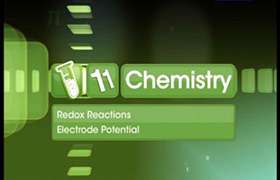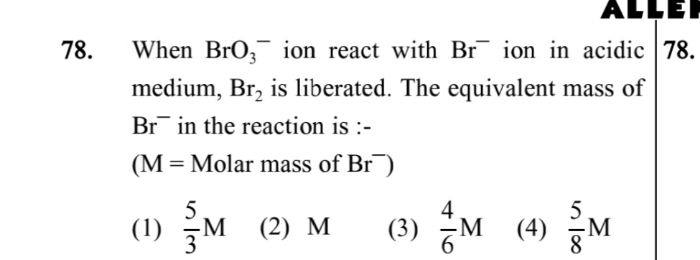CBSE Class 11-science Answered
If an atom has 1-3 valence electrons in its outermost shell, then it is easier for the atom to lose it and attain the stable octet configuration of the closest noble gas. For ex: Mg with atomic number = 12 has E.C = 2,8,2 so it has 2 valence electrons and hence can easily lose them to gain the noble gas configuration of Neon (2,8). So, it is electropositive in nature.
If an atom has 5-7 valence electrons in its outermost shell, then it becomes difficult for the atom to lose this number of electrons and it rather gains electrons to attain the stable octet configuration. For ex: Cl with atomic number = 17 has E.C = 2,8,7 so it is easier for Chlorine to gain one electron instead of losing 7 valence electrons. So, it gains one electron to attain the noble gas configuration of Ar (2,8,8).
Electronegativity is a chemical property that describes the tendency of an atom or a functional group to attract electrons (or electron density) towards itself. An atom's electronegativity is affected by both its atomic number and the distance that its valence electrons reside from the charged nucleus. As the effective nuclear charge acting on the valence shell electrons increases across a period, the tendency to lose electrons will decrease. Hence, non-metals tend to form bonds by gaining electrons and are electronegative in nature.
Electropositivity is a measure of an element's ability to donate electrons, and therefore it gives rise to positive ions; the greater the metallic character of an element, the greater the electropositivity. Down the group, the effective nuclear charge experienced by valence electrons is decreasing because the outermost electrons are farther away from the nucleus. Therefore, these can be lost easily. Hence electropositive character increases down a group.










